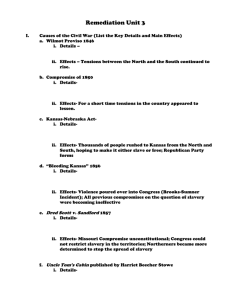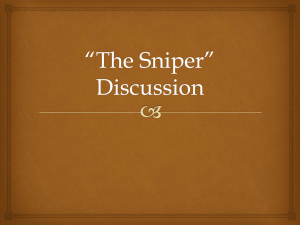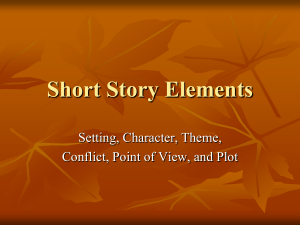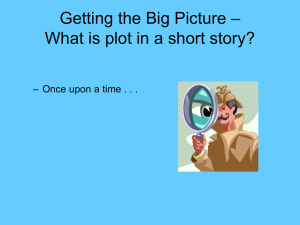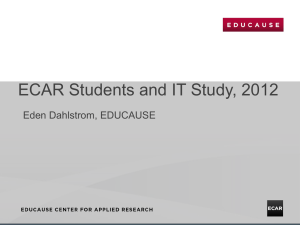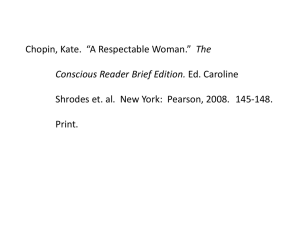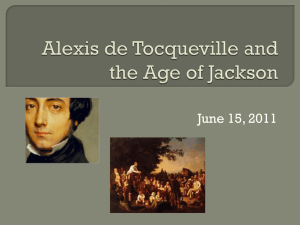1914-present
advertisement
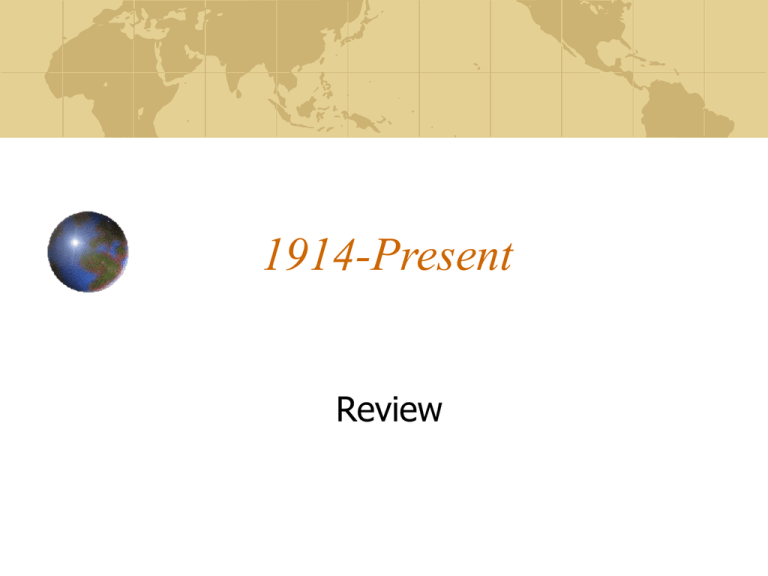
1914-Present Review The Big Thematic picture Theme 1- Interaction between humans and the environment Theme 2 Development and interaction of cultures Theme 3 State-building, expansion, and conflict Theme 4 Creation, expansion, and interaction of economic systems Theme 5- Development and transformation of social structures Three Things to Remember Population increased rapidly as has movement of people. Traditional social and gender structures have been challenged during this time periodwhether through political movements like communism or social movements like the suffrage movement. Women gained the right to vote in most parts of the world. New medical innovations have given women control over their reproductive system like never before. Through dolls like the Barbie, women continue to be objectified, however. Three more things to Remember The world has become more and more integrated due to improved communication and transportation technology. Global commerce is the norm. Fundamental religious movements have arisen because of the unease this new fast-paced connected world has fostered. Rise of the Nation-state in all areas of the world. As minority ethnic groups seek to assert their rights, conflicts arise within these states International organizations define the newworld order. The Bookends 1914- outbreak of WWI Weakening of European imperial system Rise of communism with Russian Revolution of 1917 Details- World conflict World War I Great Depression Fascism and totalitarian states World War II Cold War Nationalist movements-Israel, Palestine, Sub-Saharan Africa, Vietnam Revolutions- Russia, China, Mexico, Iran Details- Demography and the Environment Rapid population growth Increased rapidity of Migration. Global diseases- AIDS, SARS, bird flu Rapid Urbanization, especially in the less developed countries Global warming as a result of industrialization Agricultural innovations- Green Revolution and GM foods Details- Social changes Changing roles of women in the westbirth control, feminism, women in the workforce. Women involved in revolutions and seen as legally “equal” to men. Conflict between “western” concept of women and traditional concept. Barbie vs. Sara Details- Cultural and Intellectual expressions African and Asian influences of European art. Western intellectual thought- especially science and the enlightenment- were highly influential to Asian and African areas. Traditional religious teachings continue to be influential and often form the backbone to anti-imperial activities. Details- Changing roles of States Enlightenment said that the government was needed to be responsive to the people (at least to males with property) Some new nation states experimented with democratic ideals (U.S. France, Britain) Land-based empires (coercive tribute states) continued to enforce absolute rule and resisted enlightenment ideas. Latin America co-opted the ideas, but usually just as justification for maintaining Creole power. Details: Internationalization of Culture International organizations OPEC GATT WTO Multinational companies Microsoft Alcatel BP Rock and Roll, Jeans Changes and Continuities Change: Nationalism Change: Democracy Change: Rapid Communication Change: Women improved politically and economically Change: Increased industrialization Continuity: Women continue in traditional roles Continuity: Peripheral states continue with subsistence and agricultural economies Continuity: Unrepresentative governments prevalent Want to Know more? Princeton Review: Cracking the World History AP test Kaplan: AP World History Make sure you get the 2006-2007 editions. Essays formats have changed!



